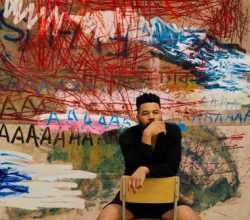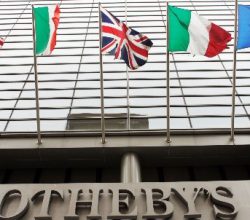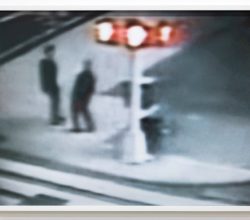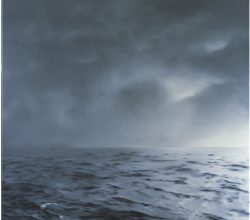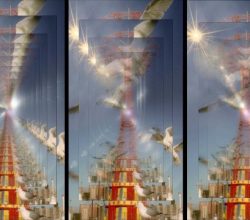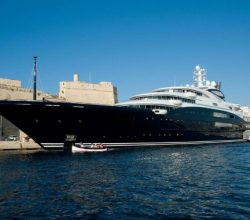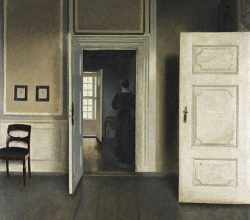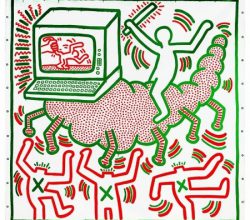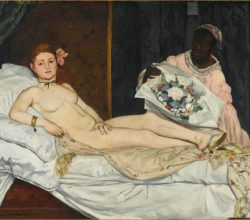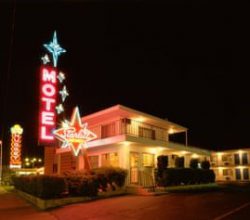
Geoff Dyer on the poetry of motels
Geoff Dyer | The Spectator | 22nd June 2019
Beautiful writing. Old style Las Vegas motels are celebrated in a recent photography book. A straightforward review is here. The linked piece is something else. It starts as a review but untethers, becoming a reverie.” The defining architectural feature of the motel — no need to go through a public lobby to get to your room. [But] romance shrivelled the moment you entered the room. The smell …” More images are here.

